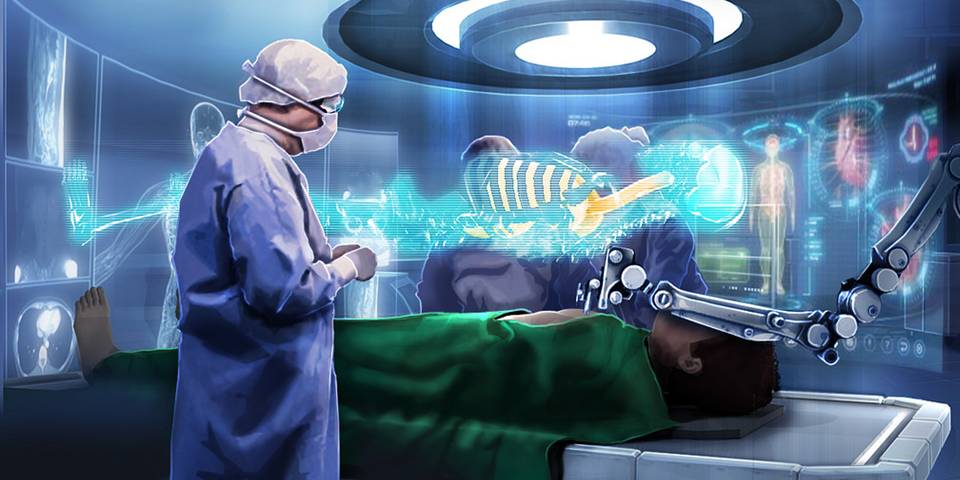- 14/06/2023
- by Dr. Pinak Dasgupta
- Blog
Robotic surgery has been around for over two decades, but it is still a rapidly evolving field. In recent years, there have been significant advances in robotic surgical technology, leading to new procedures and improved outcomes for patients.
One of the most significant advances in robotic surgery has been the miniaturization of robots. Smaller robots can be used to perform surgery in more delicate areas of the body, such as the brain and the abdomen. For example, the da Vinci Xi robot has been used to perform minimally invasive surgery for prostate cancer, with results that are comparable to traditional open surgery.
Another area of advancement in robotic surgery is the development of artificial intelligence (AI). AI can be used to improve the accuracy and precision of robotic surgery. For example, AI can be used to help surgeons plan and execute complex surgical procedures.
In addition to miniaturization and AI, other recent advances in robotic surgery include:
- The development of new robotic surgical instruments that are more precise and versatile.
- The use of haptic feedback, which allows surgeons to feel the tissue they are operating on in real time.
- The development of virtual reality and augmented reality technologies, which can be used to provide surgeons with a more immersive and realistic view of the surgical field.
These advances in robotic surgery are making it possible for surgeons to perform more complex and delicate procedures with greater precision and accuracy. As a result, robotic surgery is becoming an increasingly common option for patients who need surgery.
Da Vinci Xi robot:
The da Vinci Xi robot is one of the most advanced robotic surgical systems available. It has four arms that are controlled by the surgeon using a console that is located in the operating room. The arms are equipped with a variety of surgical instruments, including cameras, scissors, and forceps. The da Vinci Xi robot can be used to perform a wide range of surgical procedures, including prostate cancer surgery, gallbladder removal, and hysterectomy.

Haptic feedback in robotic surgery:
Haptic feedback is a technology that allows surgeons to feel the tissue they are operating on in real time. This is achieved by using sensors in the robotic arms to transmit information about the force and resistance of the tissue back to the surgeon’s console. Haptic feedback can help surgeons to be more precise and avoid damaging delicate tissue.

Virtual reality and augmented reality in robotic surgery:




